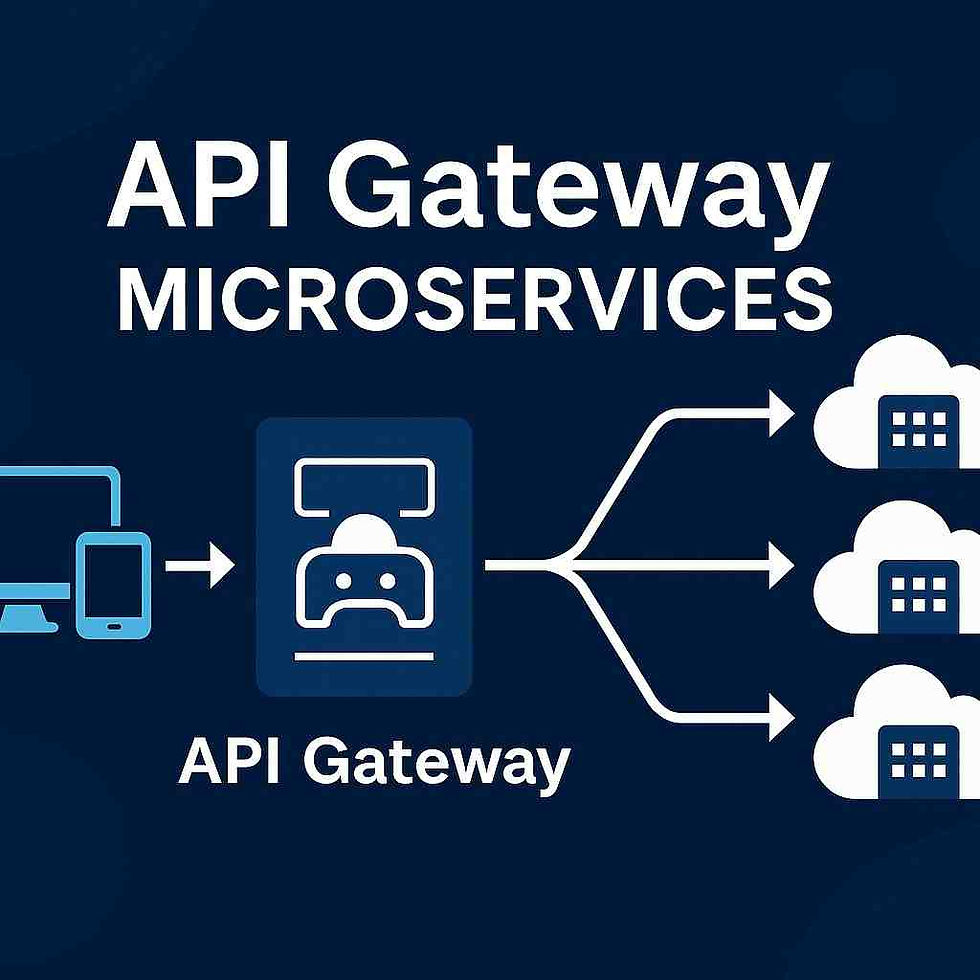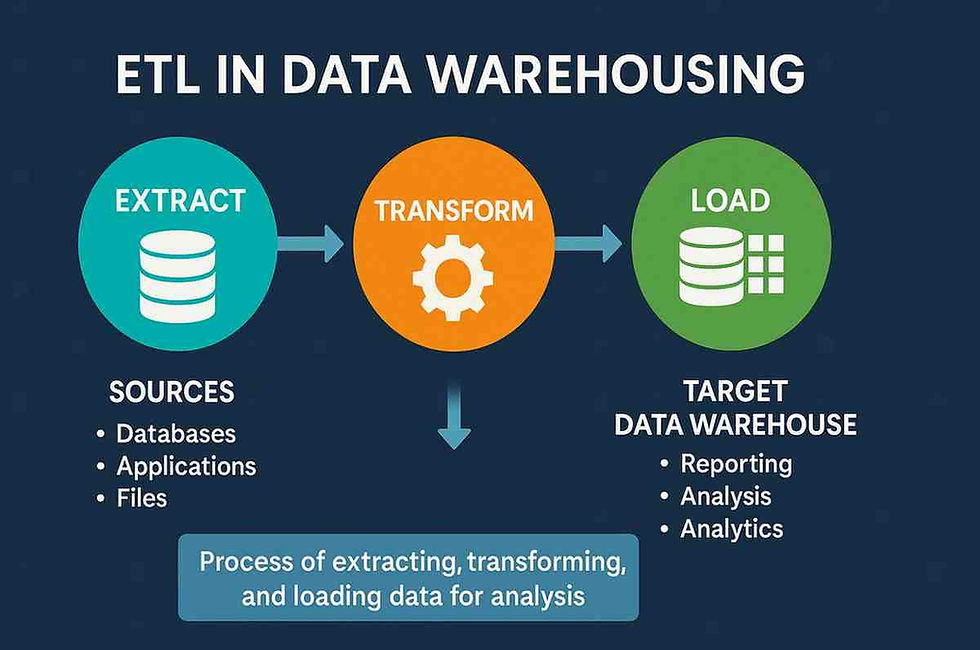What is the Purpose of Regression Testing: Guide 2025
- Gunashree RS
- May 26
- 6 min read
Software development is like building a house of cards - one small change can potentially bring down the entire structure. That's where regression testing comes to the rescue, acting as your safety net to ensure that new code changes don't break existing functionality. But what exactly is the purpose of regression testing, and why should you care about it?
In today's fast-paced software development world, understanding regression testing isn't just helpful - it's essential. Whether you're a developer, QA engineer, or project manager, grasping the purpose and importance of regression testing can make the difference between delivering rock-solid software and facing costly post-release disasters.

Understanding Regression Testing Fundamentals
Regression testing is a type of software testing that verifies whether previously working software functionality still operates correctly after code changes, updates, or new feature additions. Think of it as a health check-up for your software - just as you'd visit a doctor to ensure a new medication doesn't interfere with your existing treatments, regression testing ensures new code doesn't interfere with existing features.
The core concept revolves around re-executing previously passed test cases to detect any unintended side effects caused by recent changes. This process helps maintain software stability and reliability throughout the development lifecycle.
Key characteristics of regression testing include:
Systematic re-execution of existing test cases
Focus on previously working functionality
Detection of unexpected behavior changes
Validation of software stability after modifications
Prevention of feature degradation
Primary Purposes of Regression Testing
1. Ensuring Software Stability and Reliability
The fundamental purpose of regression testing is to maintain software stability. When developers add new features or fix bugs, there's always a risk of introducing unintended consequences elsewhere in the system. Regression testing acts as a guardian, ensuring that:
Existing features continue to work as expected
System performance remains consistent
User experience stays intact across all functionalities
Previously resolved bugs don't resurface
2. Risk Mitigation and Quality Assurance
Regression testing serves as a critical risk management tool in software development. By systematically testing existing functionality, teams can:
Identify potential issues before they reach production
Reduce the likelihood of customer-reported bugs
Minimize the cost of post-release fixes
Maintain customer confidence in the product
3. Supporting Continuous Integration and Deployment
In modern DevOps environments, regression testing enables:
Automated validation of code changes
Faster release cycles with maintained quality
Confidence in continuous deployment practices
Early detection of integration issues
Types of Regression Testing Strategies
Understanding different regression testing approaches helps teams choose the most effective strategy for their specific needs.
Complete Regression Testing
This comprehensive approach involves re-executing the entire test suite after any code change. While thorough, it's often time-consuming and resource-intensive.
When to use:
Major system overhauls
Critical security updates
Pre-release validation
When extensive changes affect multiple modules
Selective Regression Testing
This strategy focuses on testing only the components and features that might be affected by recent changes.
Benefits:
Faster execution time
Resource efficiency
Targeted risk coverage
Suitable for frequent releases
Progressive Regression Testing
Applied when new test cases are created for new functionalities, ensuring both new and existing features work harmoniously.
Ideal for:
Feature additions
System enhancements
Incremental development approaches
Agile development environments
Benefits of Implementing Regression Testing
Cost Reduction and Time Savings
While regression testing requires upfront investment, it delivers significant long-term savings by:
Preventing expensive post-release fixes
Reducing customer support overhead
Minimizing emergency patches and hotfixes
Avoiding reputation damage from software failures
Enhanced Software Quality
Regression testing directly contributes to overall software quality through:
Consistent user experience across all features
Improved system stability and performance
Reduced defect density in production
Higher customer satisfaction ratings
Developer Confidence and Productivity
When developers know their changes won't break existing functionality, they can:
Focus on innovation rather than damage control
Make changes more confidently
Iterate faster on new features
Maintain coding momentum without fear of breaking things
Best Practices for Effective Regression Testing
1. Test Case Selection and Prioritization
Smart test case selection involves:
Risk-based prioritization: Focus on high-risk, frequently used features
Impact analysis: Identify areas most likely to be affected by changes
Coverage optimization: Balance thorough testing with time constraints
Historical data analysis: Learn from past defects to inform current testing
2. Automation Implementation
Successful regression testing automation requires:
Tool selection: Choose tools that fit your technology stack
Maintenance strategy: Keep automated tests updated and relevant
Execution scheduling: Run tests at optimal times in the development cycle
Result analysis: Establish clear processes for interpreting and acting on results
3. Environment Management
Proper test environment setup includes:
Production-like conditions: Mirror real-world usage scenarios
Data management: Use realistic test data sets
Configuration consistency: Maintain consistent testing conditions
Isolation: Prevent test interference between different test runs
Common Challenges and Solutions
Challenge 1: Time Constraints
Problem: Comprehensive regression testing can be time-consuming in fast-paced development environments.
Solutions:
Implement risk-based testing strategies
Leverage test automation for repetitive scenarios
Use parallel testing execution
Prioritize critical path testing
Challenge 2: Resource Limitations
Problem: Limited testing resources can compromise regression testing.
Solutions:
Focus on high-impact areas first
Implement efficient test case management
Use cloud-based testing resources
Train team members in testing best practices
Challenge 3: Test Maintenance Overhead
Problem: Keeping regression test suites updated and relevant requires ongoing effort.
Solutions:
Regular test suite reviews and cleanup
Automated test maintenance tools
Clear documentation and version control
Collaborative test case ownership
Measuring Regression Testing Effectiveness
Key Performance Indicators
Track these metrics to evaluate regression testing success:
Defect detection rate: Percentage of bugs caught before production
Test execution time: Time required to complete regression test cycles
Test coverage: Percentage of code/functionality covered by tests
False positive rate: Frequency of incorrectly flagged issues
Continuous Improvement Strategies
Regular retrospectives to identify improvement opportunities
Feedback incorporation from development and operations teams
Performance benchmarking against industry standards
Tool and process optimization based on data insights
Frequently Asked Questions
What's the difference between regression testing and retesting?
Regression testing verifies that existing functionality still works after code changes, while retesting specifically validates that previously failed test cases now pass after bug fixes. Regression testing is broader in scope, examining the entire system's stability.
How often should regression testing be performed?
The frequency depends on your development cycle, but generally, regression testing should occur after every significant code change, before major releases, and as part of continuous integration pipelines. For agile teams, this might mean daily or weekly execution.
Can regression testing be completely automated?
While many regression test cases can be automated, complete automation isn't always practical or necessary. Manual testing remains valuable for exploratory testing, usability validation, and scenarios that are difficult to automate effectively.
What's the ideal regression test suite size?
There's no universal answer, but a good regression test suite should provide adequate coverage without being so large that it becomes unmanageable. Focus on quality over quantity - prioritize tests that cover critical functionality and high-risk areas.
How do you prioritize regression test cases?
Prioritize based on business criticality, usage frequency, risk assessment, and recent change impact. Tests covering core functionality, frequently used features, and previously problematic areas should receive the highest priority.
What tools are best for regression testing?
The best tools depend on your technology stack and requirements. Popular options include Selenium for web applications, TestComplete for desktop applications, and cloud-based solutions like BrowserStack for cross-platform testing.
How do you handle regression testing in agile environments?
In agile settings, focus on automated regression testing integrated into CI/CD pipelines, maintain smaller but more focused test suites, and emphasize risk-based testing to maximize efficiency within sprint constraints.
What's the ROI of regression testing?
While difficult to quantify precisely, regression testing ROI typically includes reduced post-release defect costs, decreased customer support overhead, improved customer satisfaction, and faster time-to-market through confident releases.
Conclusion
Understanding what is the purpose of regression testing is crucial for anyone involved in software development. It's not just about finding bugs - it's about maintaining software quality, reducing risks, and enabling confident innovation. Regression testing serves as the backbone of reliable software delivery, ensuring that progress doesn't come at the cost of stability.
The investment in proper regression testing pays dividends through reduced maintenance costs, improved customer satisfaction, and the ability to innovate fearlessly. As software systems become increasingly complex, the role of regression testing becomes even more critical in maintaining the delicate balance between new features and existing functionality.
Remember, effective regression testing isn't just about running tests - it's about implementing a strategic approach that fits your development lifecycle, resource constraints, and quality objectives. Start with the basics, automate where possible, and continuously refine your approach based on real-world results.
Key Takeaways
• Regression testing ensures existing functionality remains intact after code changes and new feature additions
• The primary purposes include maintaining software stability, risk mitigation, and supporting continuous integration practices
• Different strategies (complete, selective, progressive) serve different scenarios and resource constraints
• Automation is crucial for efficiency, but manual testing still plays an important role in comprehensive validation
• Proper test case selection and prioritization maximize testing effectiveness within time and resource limitations
• Common challenges like time constraints and resource limitations can be overcome with strategic approaches
• Success measurement through KPIs helps optimize regression testing processes over time
• ROI comes from reduced post-release costs, improved customer satisfaction, and faster development cycles
• Integration with CI/CD pipelines enables continuous quality assurance in modern development environments
• Regular review and maintenance of test suites ensures continued effectiveness and relevance
Sources and References
IEEE Standards Association - Software Testing Standards and Best Practices
International Software Testing Qualifications Board (ISTQB) - Testing Fundamentals Guide
Software Engineering Institute (SEI) - Quality Assurance in Software Development
Association for Computing Machinery (ACM) - Software Testing Research Papers
Agile Testing Alliance - Best Practices for Regression Testing in Agile Environments
Microsoft Developer Network - Testing Guidelines and Methodologies
Google Testing Blog - Regression Testing Strategies and Case Studies




Link INDOVIP138
indovip138
indovip138
indovip138
indovip138
indovip138
indovip138
indovip138
indovip138
indovip138
indovip138
indovip138
indovip138
indovip138
indovip138
indovip138
indovip138
indovip138
indovip138
indovip138
indovip138
indovip138
indovip138
indovip138
indovip138
indovip138
indovip138
indovip138
indovip138
indovip138
indovip138
indovip138
indovip138
Ghibli AI </a> offers you a completely free way to transform your photos into captivating Ghibli - style art. Our Ghibli Filter powered by Studio Ghibli AI technology. Try it now!
Ghibli AI
StreamDL </a> is free,the most fastest youtube video downloader,no ads,more resolution options. Paste a YouTube URL to download instantly.No need to download any plugins.
StreamDL